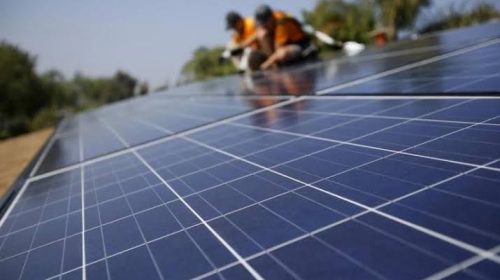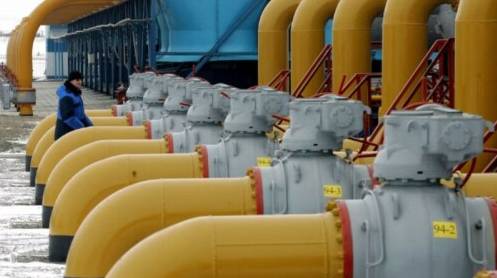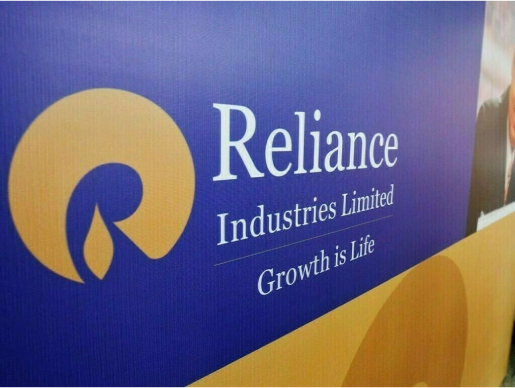- The rapid growth of solar and wind energy has led to a surplus of electricity, driving prices down and even into negative territory.
- This price volatility poses challenges for grid stability and energy providers, highlighting the need for increased energy storage solutions.
- Governments and energy companies must invest in battery storage, smart grids, and other technologies to manage the fluctuations in renewable energy supply and ensure a smooth transition to a clean energy future.
Europe has experienced negative energy prices several times this year, as the rapid pace of development of solar and wind energy outpaces the region’s ability to cope with excess supply. Electricity prices dropped into negative figures for 7,841 hours during the first eight months of 2024, sometimes to as much as -$22 per megawatt hour, according to the consultancy ICIS. The main culprit has been the solar sector, driven by inconsistencies in the delivery of electricity due to its unstable nature. While the deployment of utility-scale batteries could help to tackle this challenge, this could take several years and countries will have to deal with these price dips in the meantime.
Countries across Europe have invested heavily in wind and solar energy projects in recent decades as the price of these clean energy sources has decreased in line with the falling costs of installations. The cost of solar photovoltaics (PV) has dropped by 90 percent in the last decade, while the cost of offshore wind has fallen by 70 percent, and batteries by over 90 percent. This is largely thanks to the sharp rise in wind and solar energy production over that time. Data comparing the rising global production versus the cost of wind and solar energy shows that costs have decreased by approximately 20 percent each time the global cumulative capacity doubles. Over the last four decades, solar power has shifted from being one of the most expensive energy sources to one of the cheapest.
However, as countries increase their renewable energy capacity, they face financial challenges in the transition. Solar and wind energy are highly volatile, producing energy when the sun is shining and the wind is blowing, and not during the night or on still days. This means that on days when wind and solar power generate high levels of electricity, the market can become oversaturated with inexpensive power. This drives down the price of electricity greatly, sometimes to negative figures. Meanwhile, during times of low or no production, no electricity is delivered to the grid, leaving it to rely on other more stable energy sources, such as natural gas.
This does have some benefits, as customers can enjoy cheaper energy prices in places where utilities offer off-peak promotions. Utility companies are increasingly encouraging customers to use more energy during high-production hours, and thereby decrease use during peak and low-production hours. This can be done by offering customers cheaper energy prices during certain hours of the day, driving them to use high energy-consuming appliances or charging electric vehicles when there is an abundance of clean energy available.
Nevertheless, the unreliability of many clean energy sources presents a clear challenge to utilities that are trying to deliver stable power to consumers. Although investment in wind and solar energy projects continues to rise, as governments worldwide pursue a green transition through the provision of financial incentives, some operators are pausing projects due to the uncertainty around energy prices. Several producers across Europe have been forced to reduce their electricity output or pay to offload electricity due to grid saturation, which is discouraging them from making new additions to wind and solar farms.
This demonstrates the clear need to increase energy storage in line with the rise in renewable energy capacity. The International Energy Agency (IEA) stated, “Developers who choose not to co-locate their wind and solar PV power parks alongside battery storage or other sources of flexibility may see a drop in potential revenues during peak generation – hampering profits and discouraging investment.”
The EU expects that energy storage will need to increase by more than three times between 2022 and 2030, to match the forecast of a 69 percent renewable energy electricity share by the end of the decade. The rollout of battery storage could be further supported by greater investment in AI-powered smart grids and meters, to better manage energy efficiency for consumers.
The IEA’s Special Report on Batteries and Secure Energy Transitions states that battery storage was thefastest-growingg energy technology in 2023, with deployment more than doubling year on year. A total of 42 GW of battery storage was added globally. However, the rate at which battery storage is being rolled out does not match the growth in renewable energy capacity worldwide, which is resulting in volatile energy prices in countries with a high share of green energy on the grid.
To address the issue of negative wind and solar energy pricing, producers must take proactive measures to mitigate the effects of this challenge. This may be done by investing in battery storage or by working with utilities to move consumers from fixed to variable energy contracts, to encourage them to reduce use during low-production hours. This should be supported by stronger national policies on battery storage and clean tech uptake to strengthen electricity grids from governments worldwide.
Source Oilprice.com





